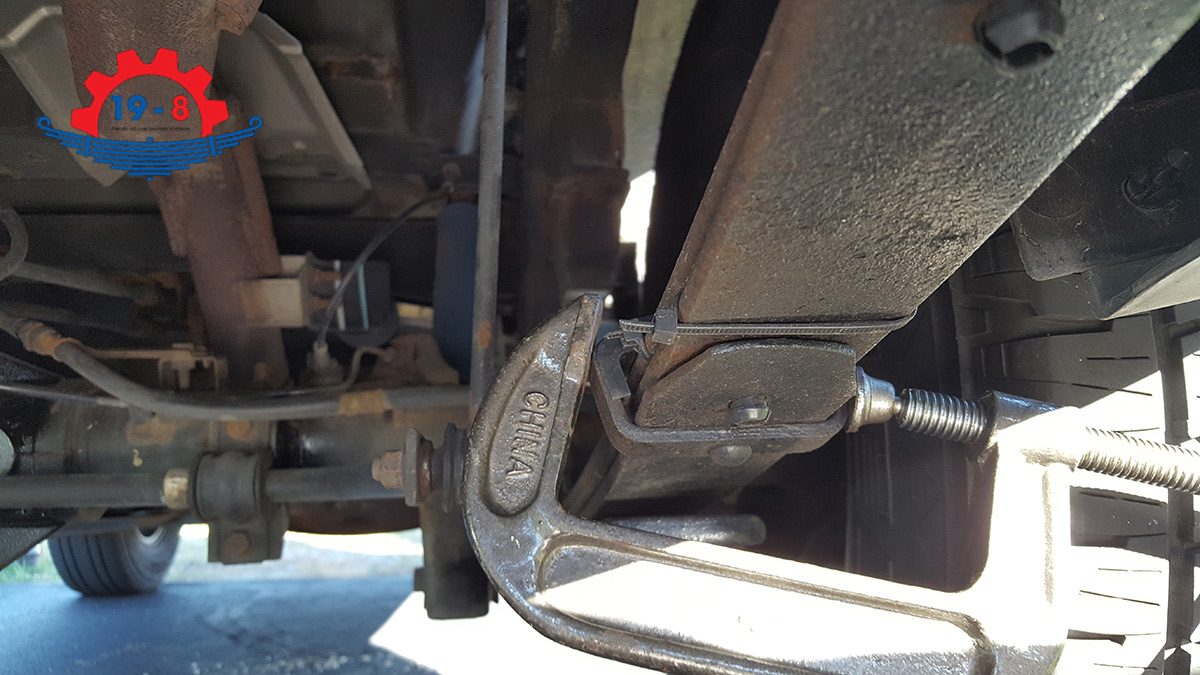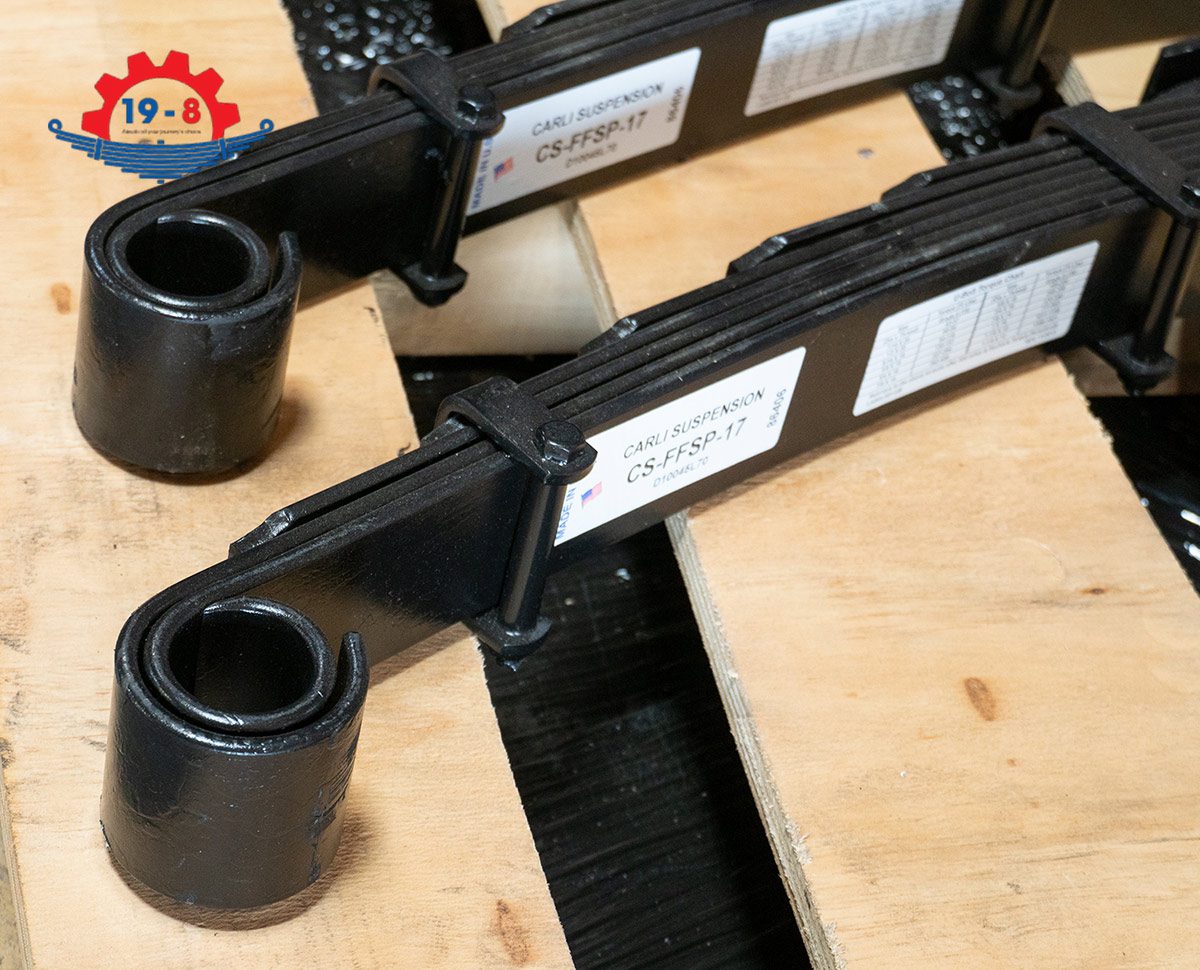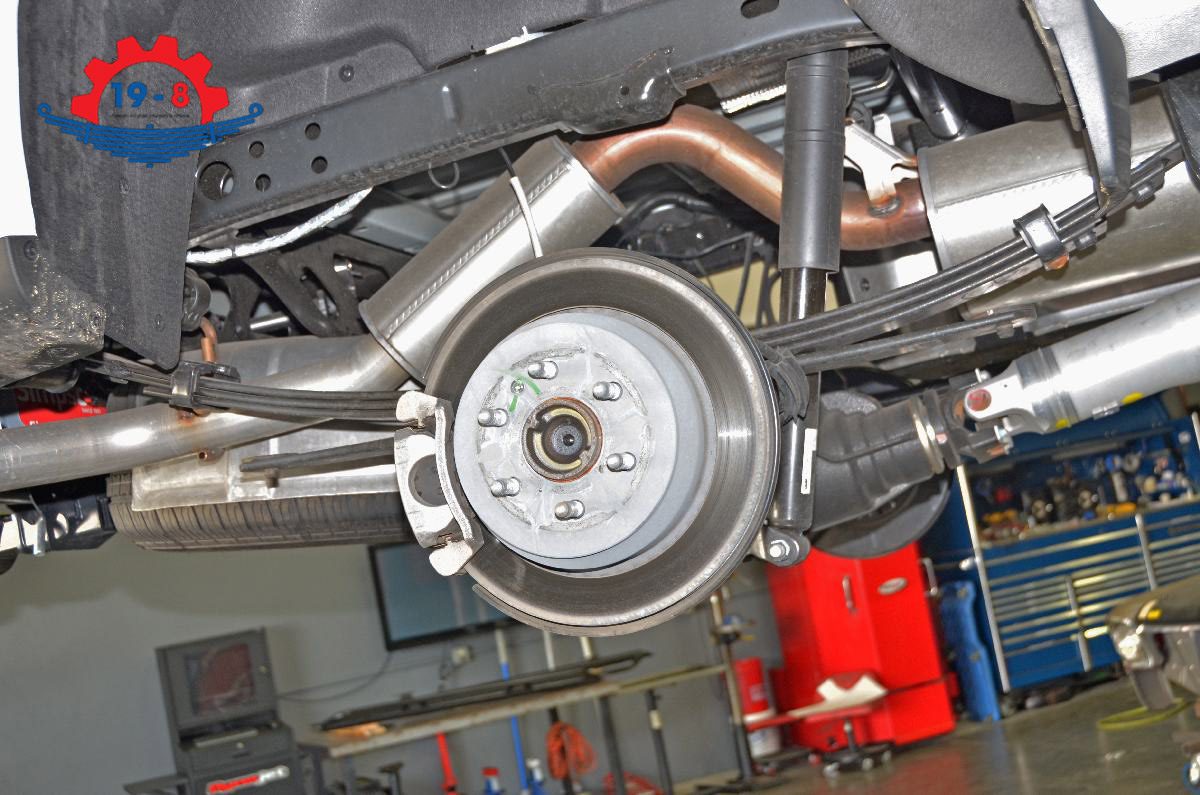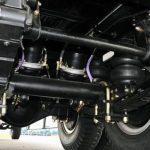Tired of the incessant noise caused by squeaky leaf springs? Those unwelcome sounds can truly detract from your driving pleasure. If you’re seeking respite from the persistent squeaks that disrupt your journeys, you’ve landed on the right page. In this guide, we unravel the factors responsible for these aggravating noises. Moreover, we offer a comprehensive, step-by-step strategy to help you diagnose, address, and proactively prevent them. Let’s jump in and restore the tranquility to your driving experience.
Understanding the Causes of Squeaky Leaf Springs
Friction and Lack of Lubrication
One of the most common causes of squeaky leaf springs is friction between the metal components of the suspension system. When the vehicle is in motion, the leaf springs flex and move, creating friction between the leaves, the shackles, the bushings, and the U-bolts.
This friction can produce a squeaking or creaking noise that can be annoying and distracting. To prevent this, proper lubrication is essential. Lubricating the leaf spring components reduces friction and noise, as well as protects them from corrosion and wear. It is recommended to lubricate the leaf springs at least once a year or more often depending on the driving conditions.
Wear and Tear
Another cause is wear and tear of the suspension components. Over time, the leaf springs and their associated parts can become worn out or damaged due to age, usage, road conditions, weather, or accidents.
Worn-out leaf springs can lose their shape, stiffness, or alignment, resulting in noise and poor performance. Damaged components such as cracked leaves, broken shackles, loose bushings, or bent U-bolts can also cause squeaking and compromise the safety and stability of the vehicle. Therefore, it is important to inspect the leaf springs regularly and replace any worn or damaged parts as soon as possible.


Step-by-Step Guide to Diagnosing and Fixing
Jack Up the Vehicle
The first step to diagnosing and fixing is to jack up the vehicle and secure it on jack stands. This will allow you to access the leaf springs and their components more easily. Make sure to follow the manufacturer’s instructions and safety precautions when jacking up the vehicle. Do not work under a vehicle that is only supported by a jack. Use wheel chocks to prevent the vehicle from rolling.
Visual Inspection
The next step is to visually inspect the leaf springs for any signs of damage or wear. Look for any rust, cracks, or misalignment on the leaves, shackles, bushings, or U-bolts. Pay attention to any areas that show signs of rubbing or friction. Use a flashlight if necessary to see better. If you find any visible damage or wear, you will need to replace the affected parts.
Lubrication
The third step is to lubricate the leaf spring components to reduce friction and noise. Use a spray lubricant that is suitable for leaf springs, such as silicone-based or graphite spray. Avoid using oil or grease as they can attract dirt and dust. Spray the lubricant on all the contact points between the leaves, shackles, bushings, and U-bolts. Make sure to cover all the surfaces evenly and generously. Wipe off any excess lubricant with a rag.
Tightening Bolts and Fasteners
The fourth step is to check and tighten any loose bolts or fasteners on the leaf spring assembly. Loose bolts or fasteners can cause noise and vibration, as well as affect the alignment and performance of the suspension system.
Use a torque wrench to tighten the bolts or fasteners according to the manufacturer’s specifications. Do not over-tighten or under-tighten them as this can damage the components or cause them to loosen again.
Replacement of Worn Components
The final step is to replace any worn or damaged components that cannot be fixed by lubrication or tightening. You will need to remove the old parts and install new ones that are compatible with your vehicle’s make and model. Follow the manufacturer’s instructions and use proper tools when replacing the parts. Make sure to align the new parts correctly and secure them with new bolts or fasteners.


When to Seek Professional Help
Complex Repairs
While some leaf spring issues can be fixed by yourself with basic tools and skills, some may require more complex repairs that are best left to professionals. For example, if you need to replace an entire leaf spring assembly or adjust its height or angle, you may need specialized equipment and expertise that are beyond your scope. In such cases, it is advisable to seek professional help from a qualified mechanic who can perform the repairs safely and correctly.
Persistent Squeaking
Another reason to seek professional help is if your leaf spring squeaking persists despite your efforts to fix it yourself. This may indicate a more serious problem that is not related to the leaf springs but rather to other parts of the suspension system or the vehicle itself.
For example, you may have a faulty shock absorber, a loose wheel bearing, a misaligned axle, or a damaged frame that is causing noise and vibration. A professional mechanic can diagnose the root cause of your squeaking problem and provide you with an appropriate solution.
Safety Concerns
The most important reason to seek professional help is if you have any safety concerns regarding your leaf springs. They are not only annoying but also potentially dangerous, as they can affect the handling, stability, and braking of your vehicle.
If you notice any signs of poor performance, such as steering difficulties, uneven tire wear, reduced ground clearance, or increased stopping distance, you should not ignore them and take your vehicle to a mechanic as soon as possible. Driving with them can put you and others at risk of accidents and injuries.


Preventive Maintenance Tips
Regular Inspection
One of the best ways to prevent squeaky is to inspect them regularly and catch any problems before they become worse. You should inspect your leaf springs at least once a year or more often depending on your driving habits and conditions. Look for any signs of damage, wear, or corrosion on the leaf spring components and replace them if necessary. Also, check the alignment and tension of the leaf springs and adjust them if needed.
Lubrication Schedule
Another way to prevent is to lubricate them according to a schedule. Lubricating your leaf springs will not only reduce noise but also extend their lifespan and performance.
You should lubricate your leaf springs at least once a year or more often depending on the weather and road conditions. Use a suitable spray lubricant that is designed for leaf springs and apply it generously on all contact points. Avoid using oil or grease as they can attract dirt and dust.
In the end, putting an end to the annoyance of squeaky is within your grasp. Armed with insights into the root causes and armed with practical solutions, you’re now poised to regain the smooth, quiet ride you deserve. Keep in mind that addressing this issue not only enhances your driving comfort but also contributes to the overall well-being of your vehicle. So, here’s to peaceful journeys ahead, free from the grip of squeaks and full of driving enjoyment.






